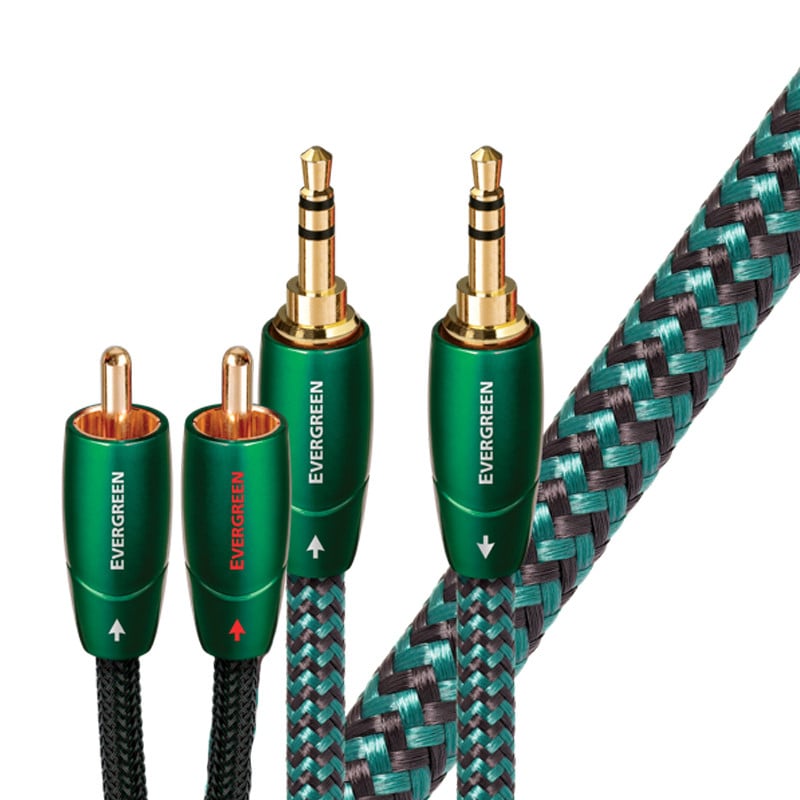
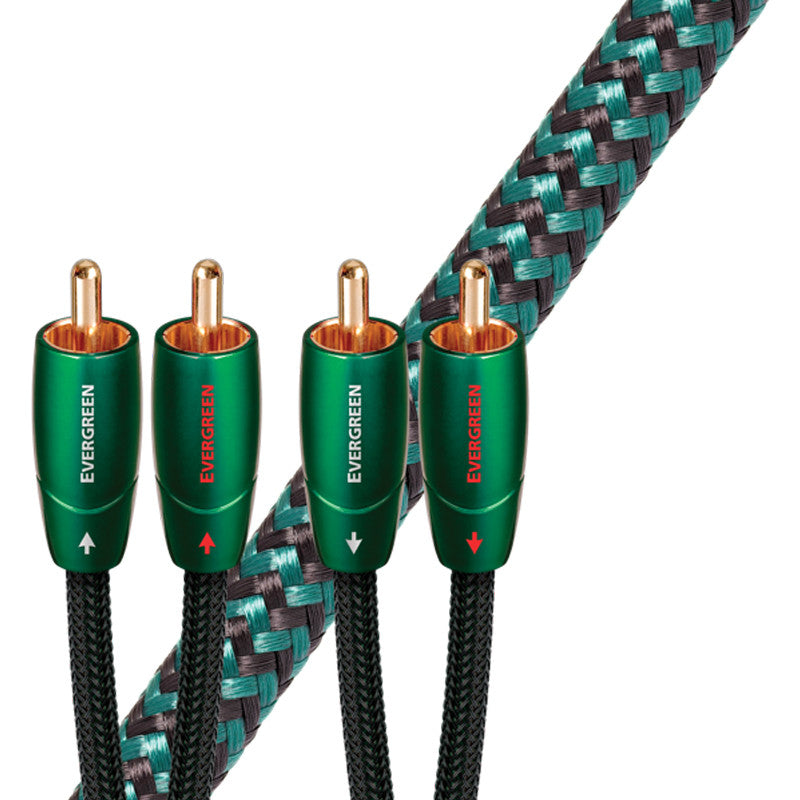
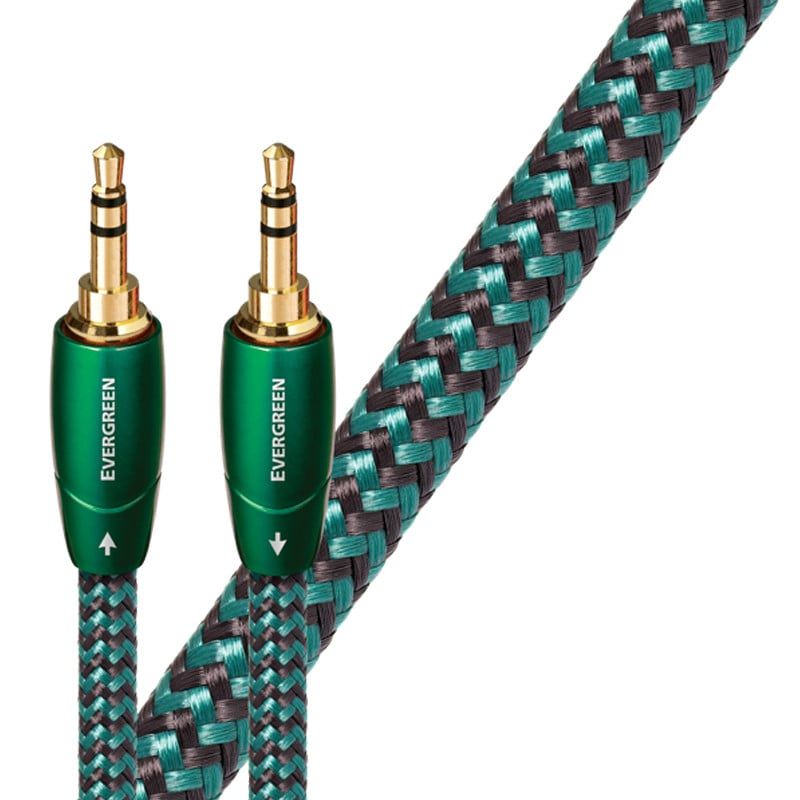
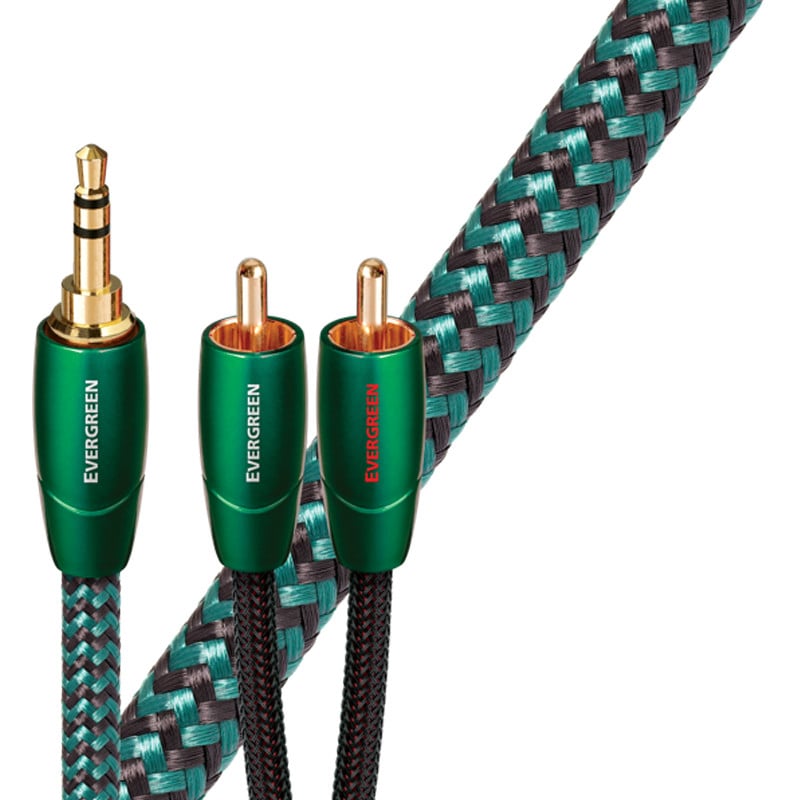
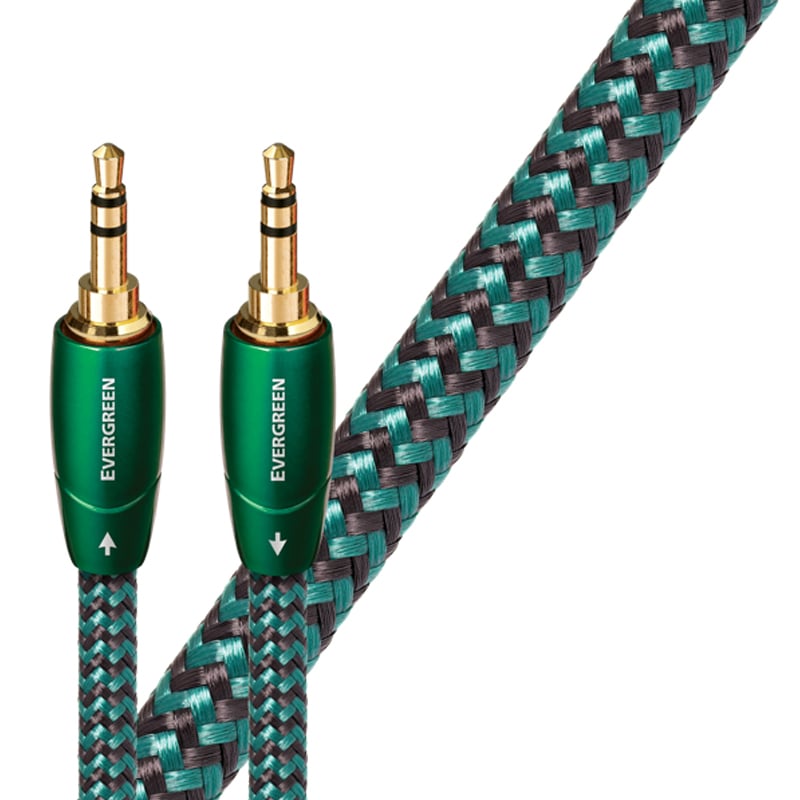

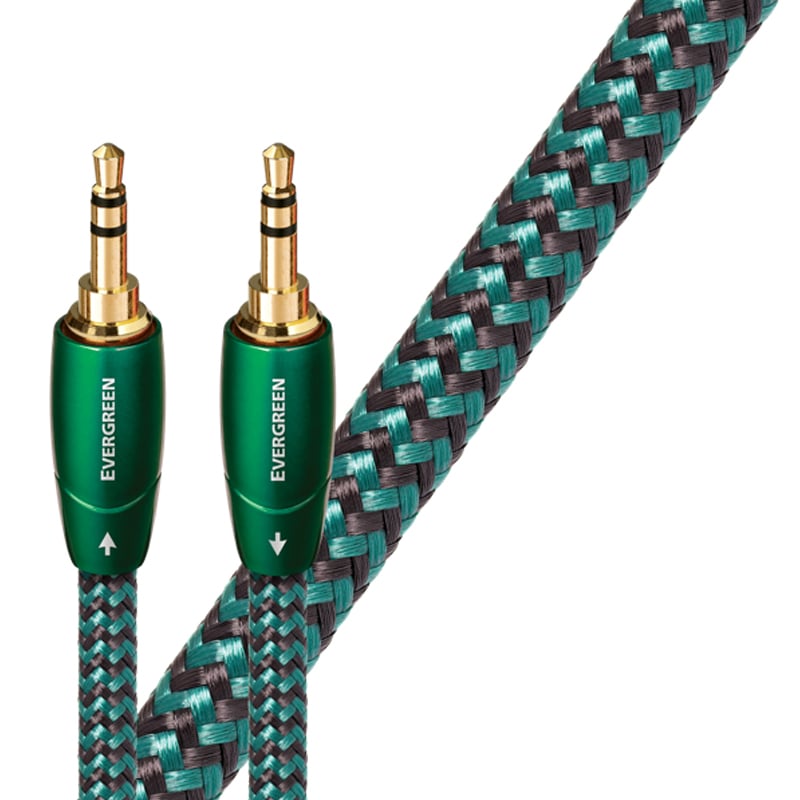
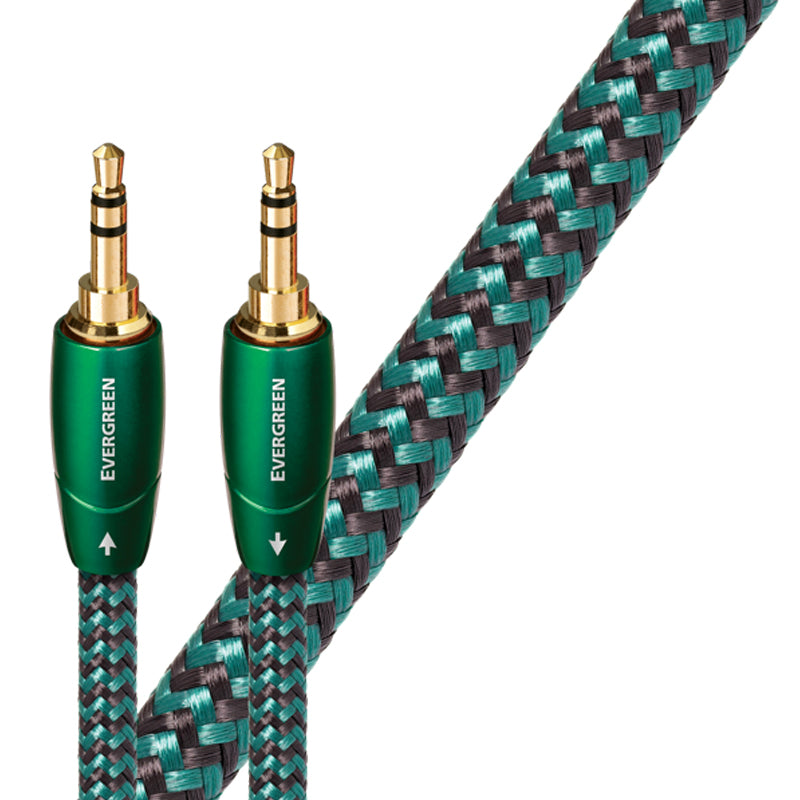
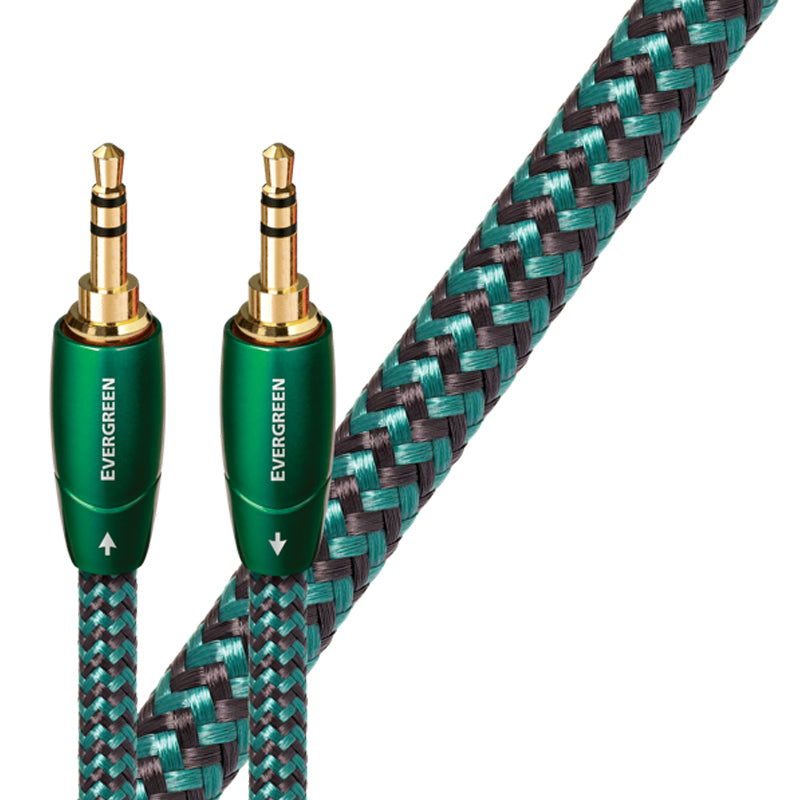
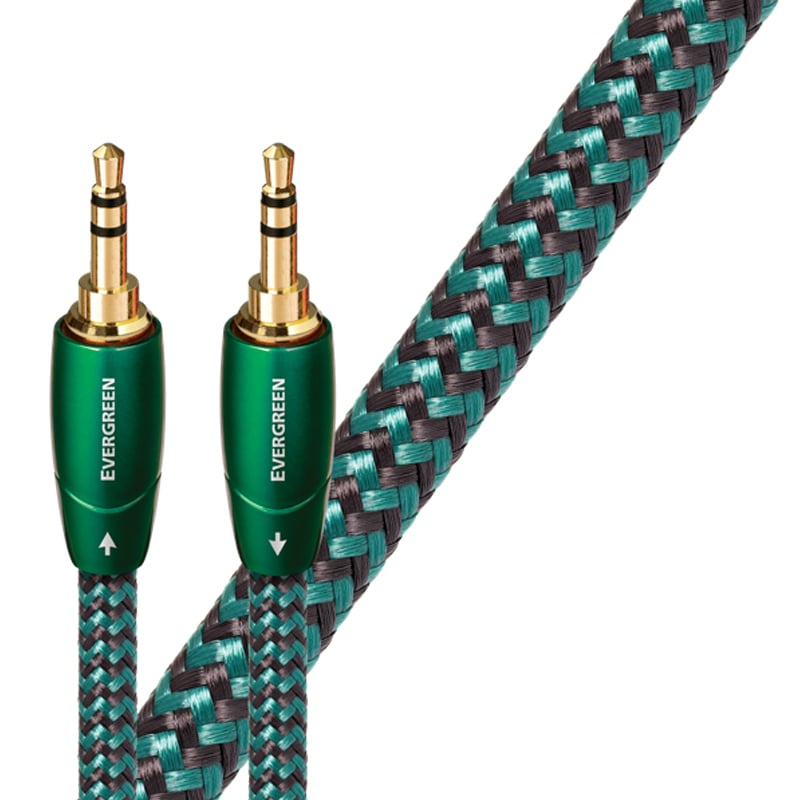
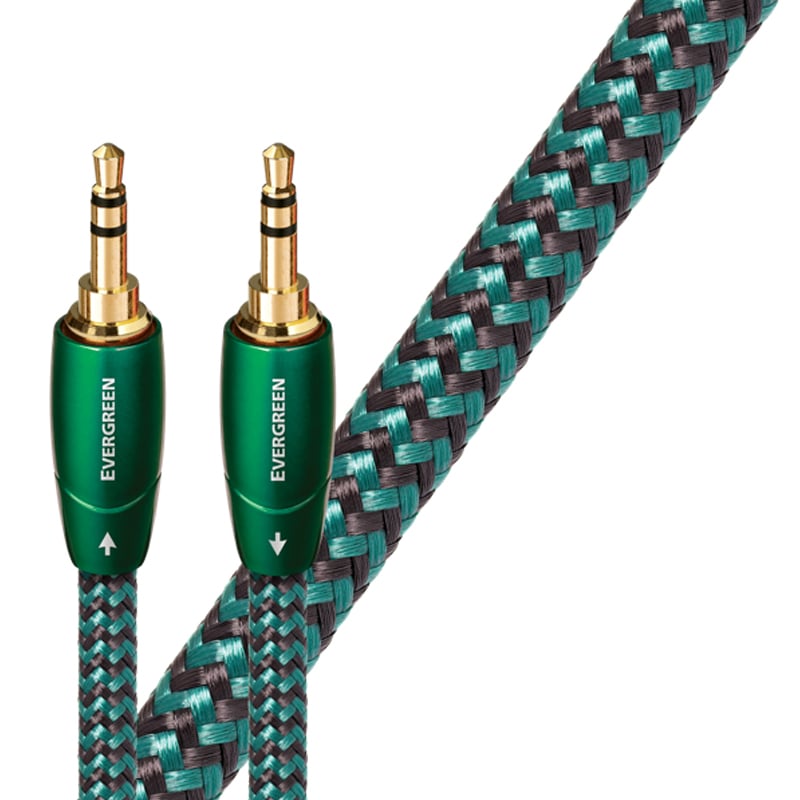
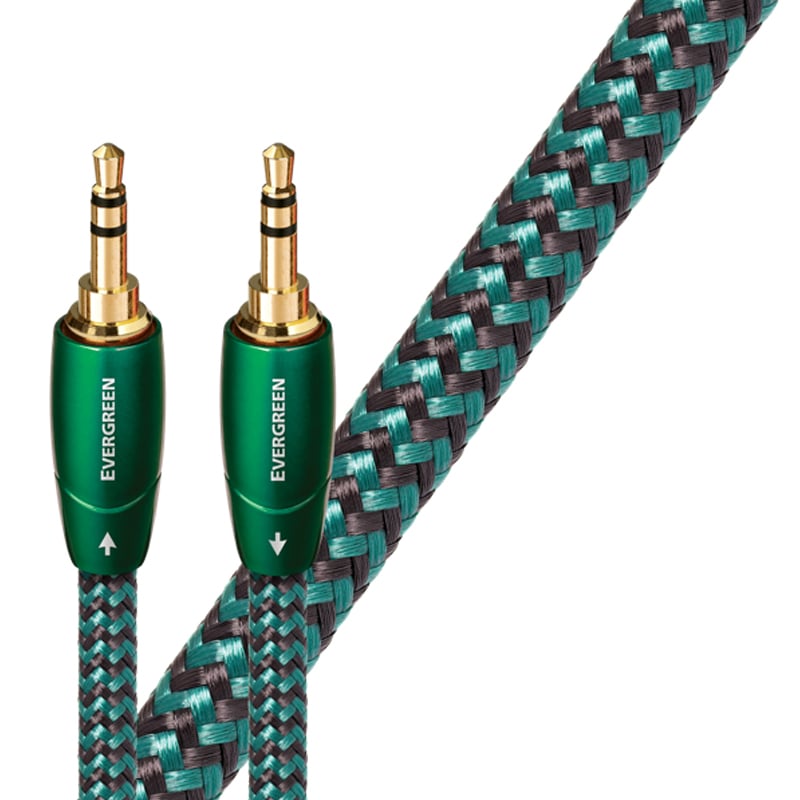
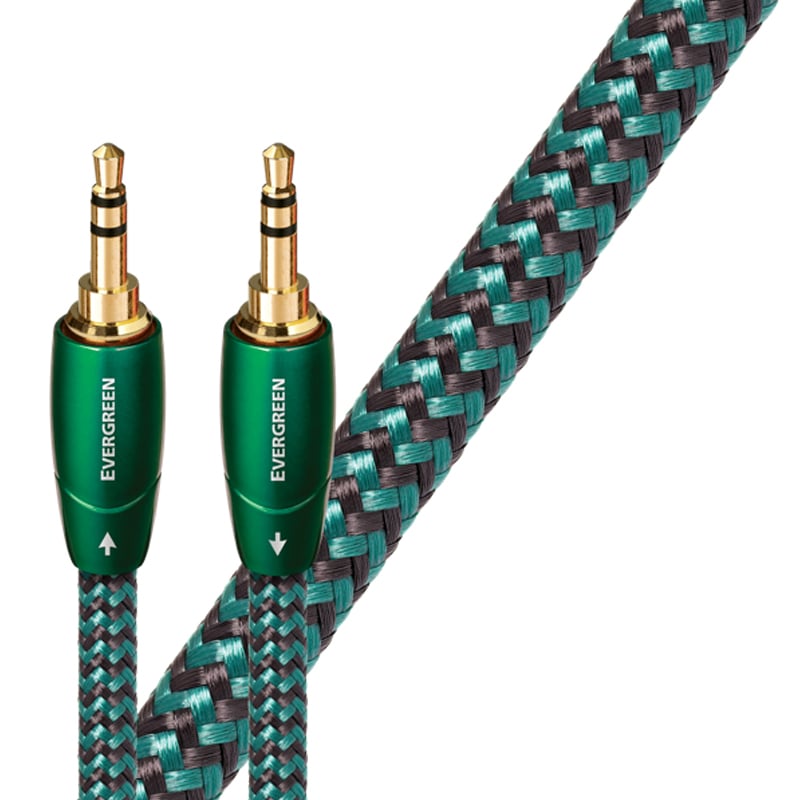
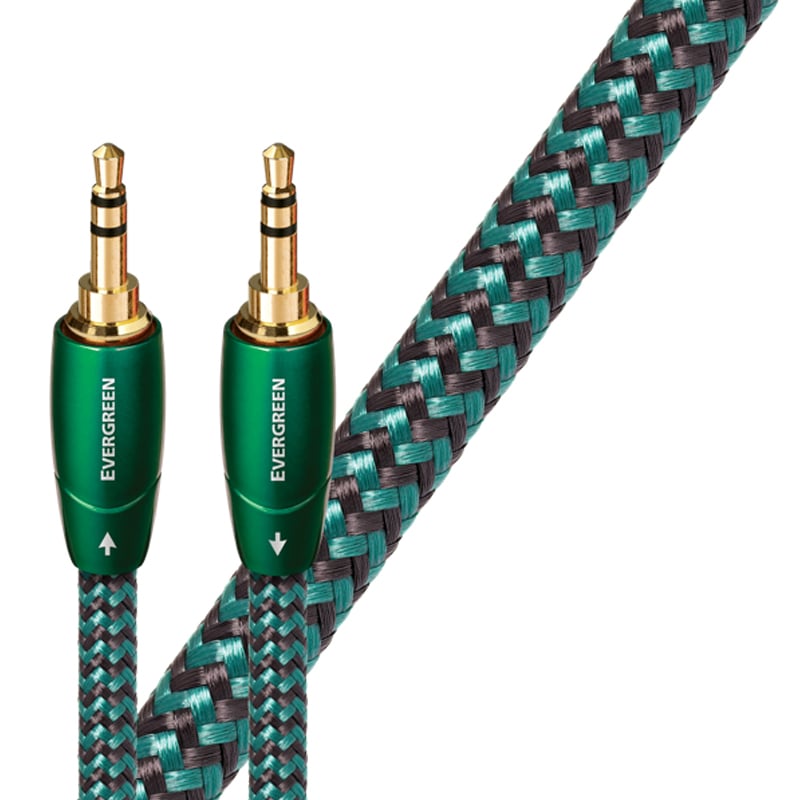

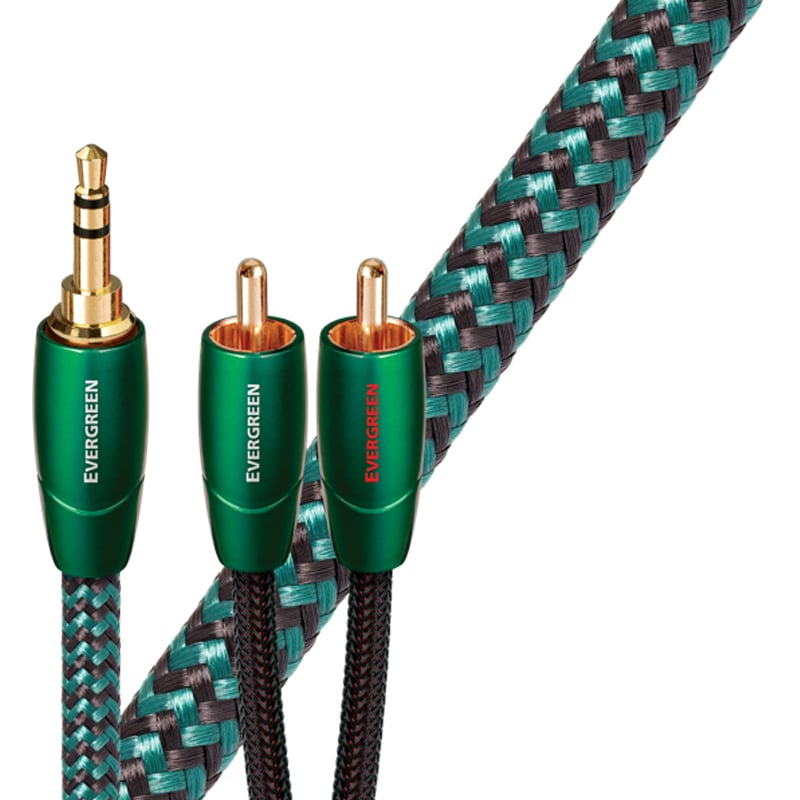
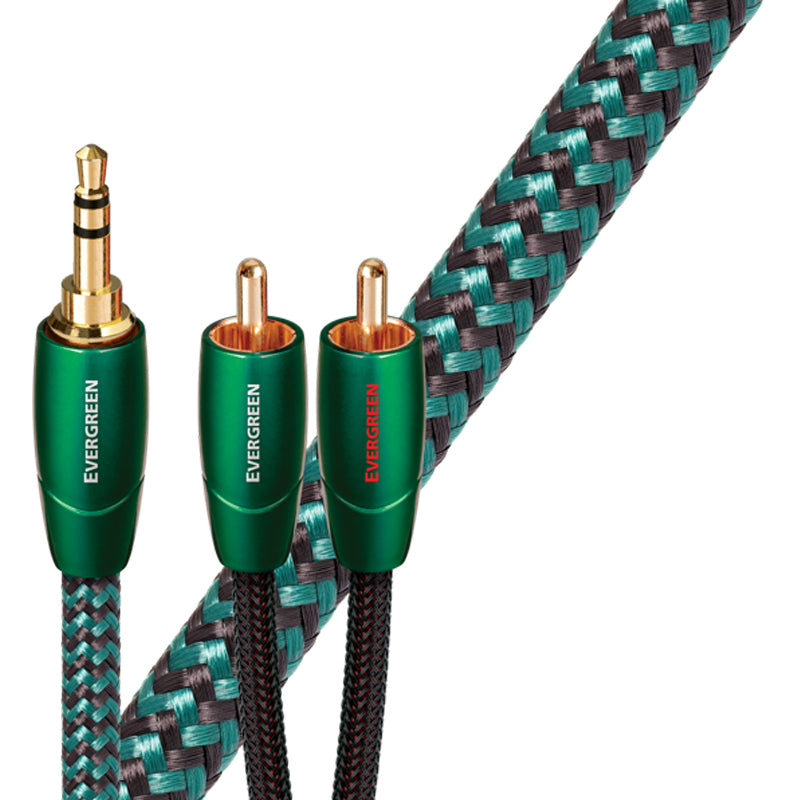
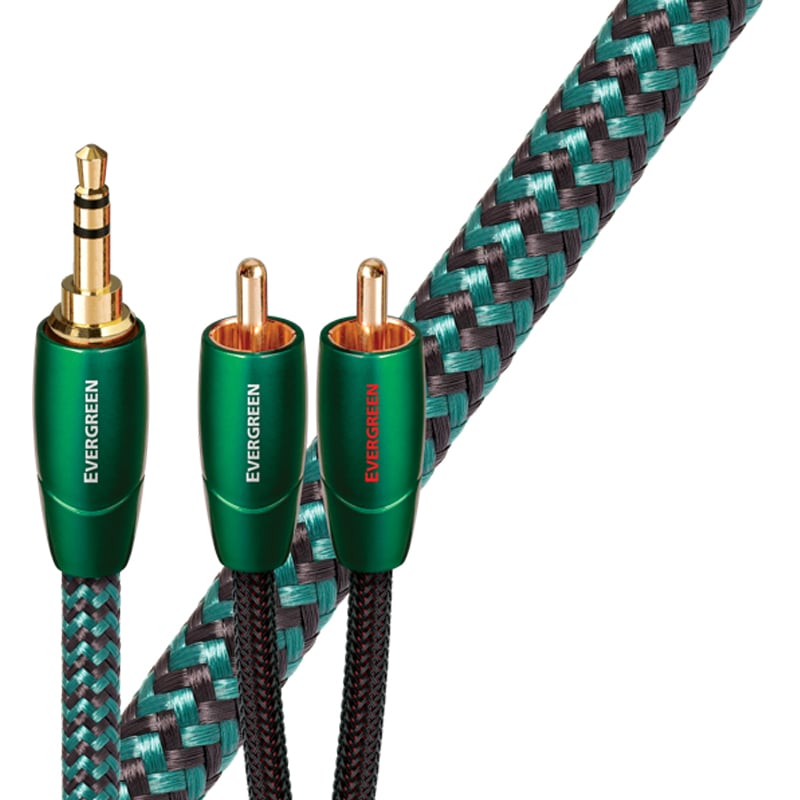
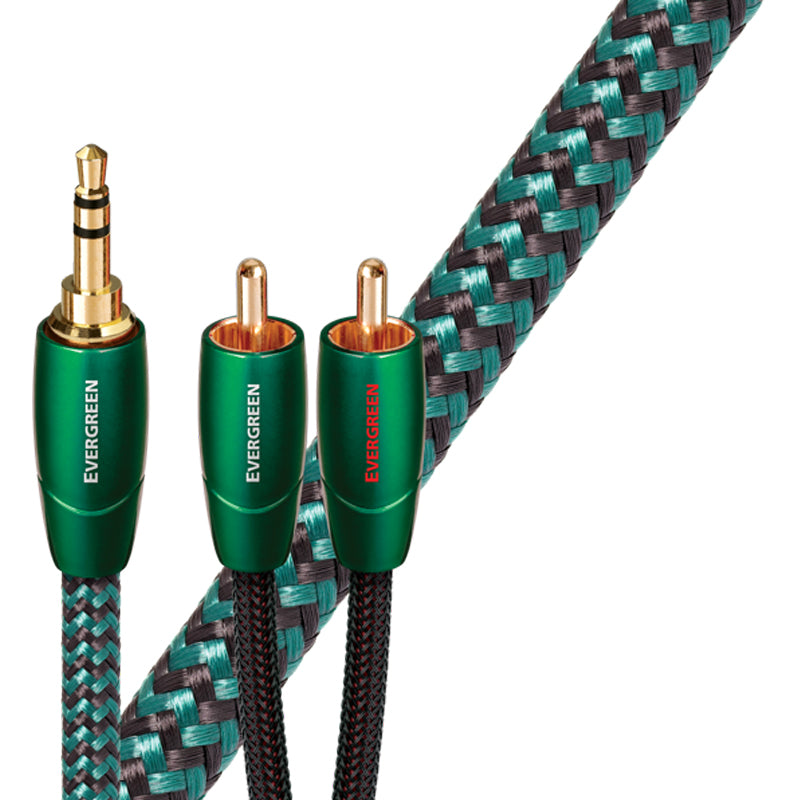
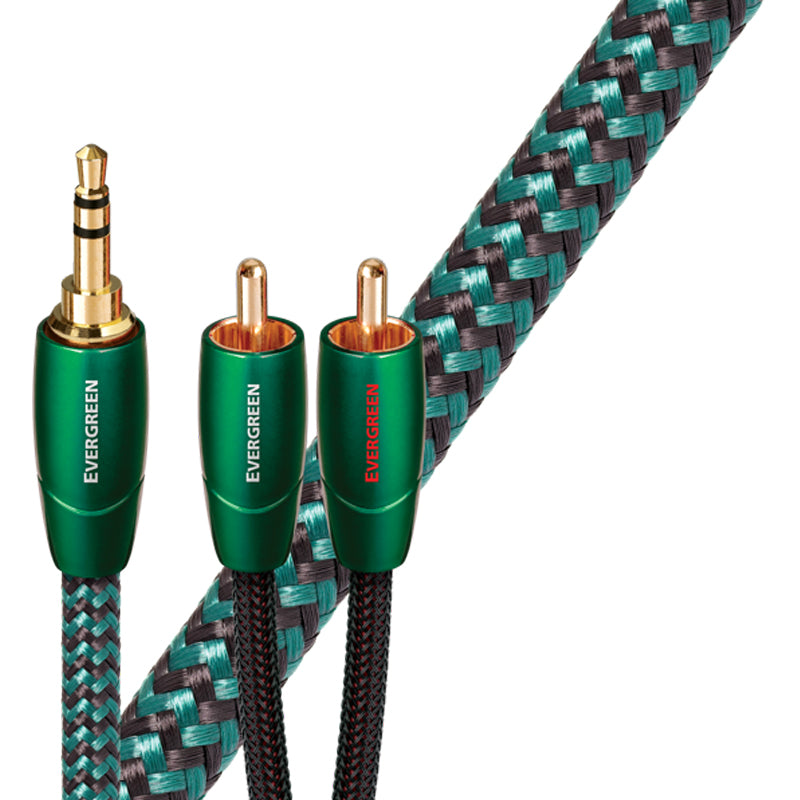
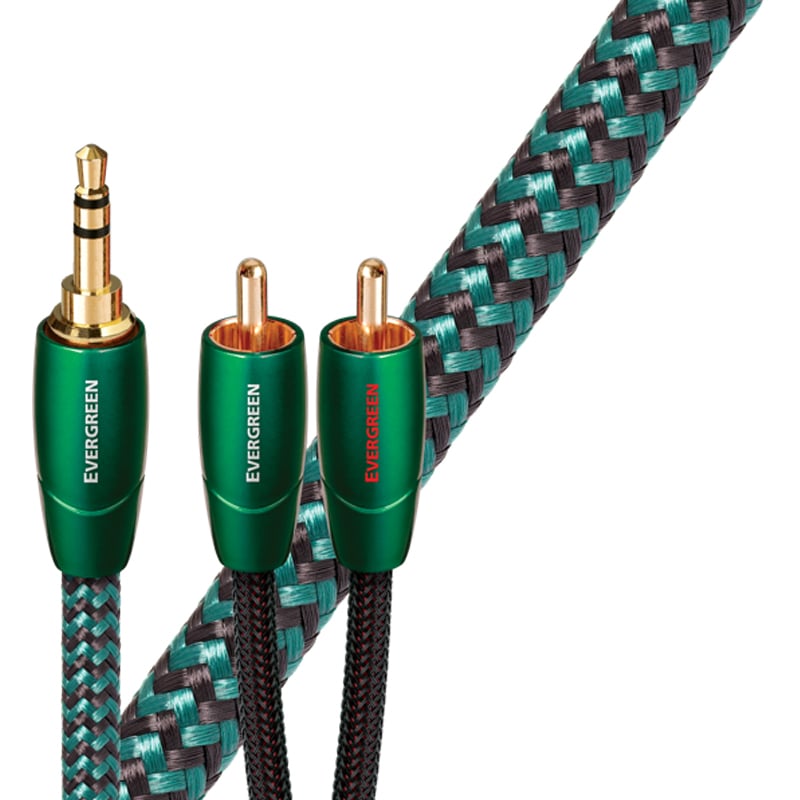
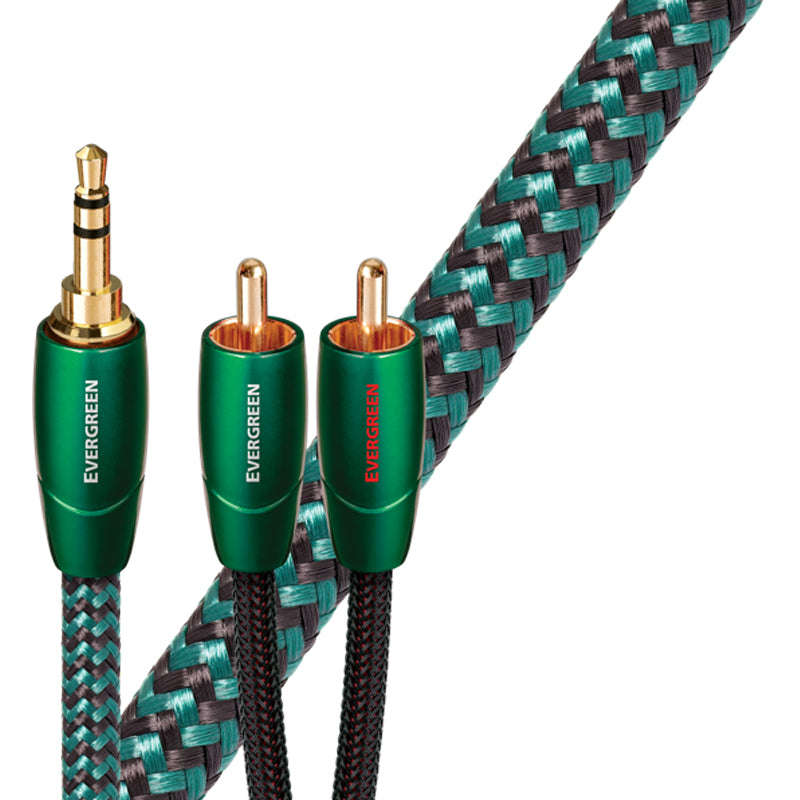
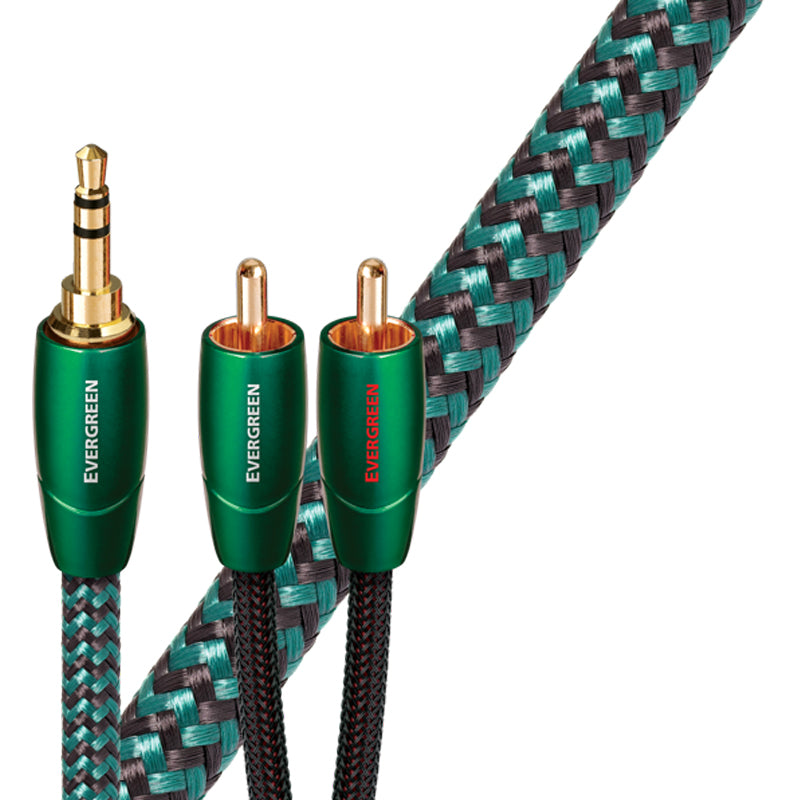
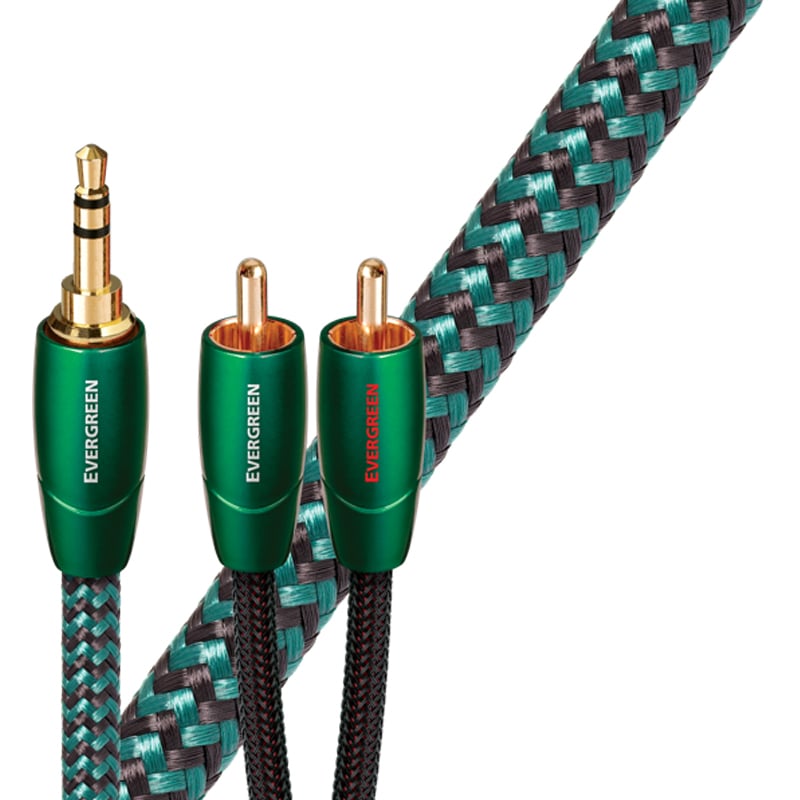
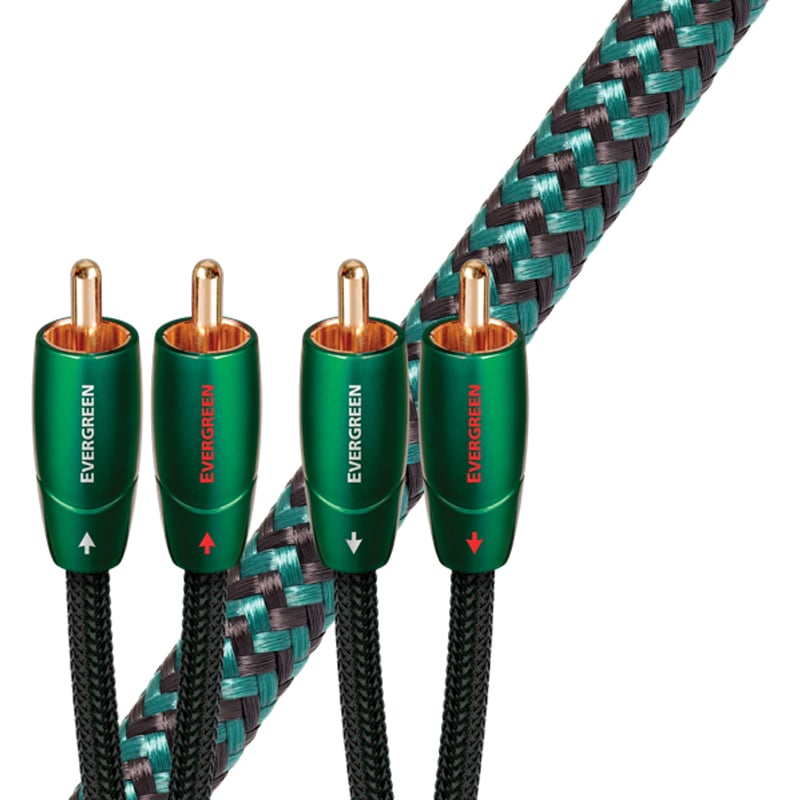
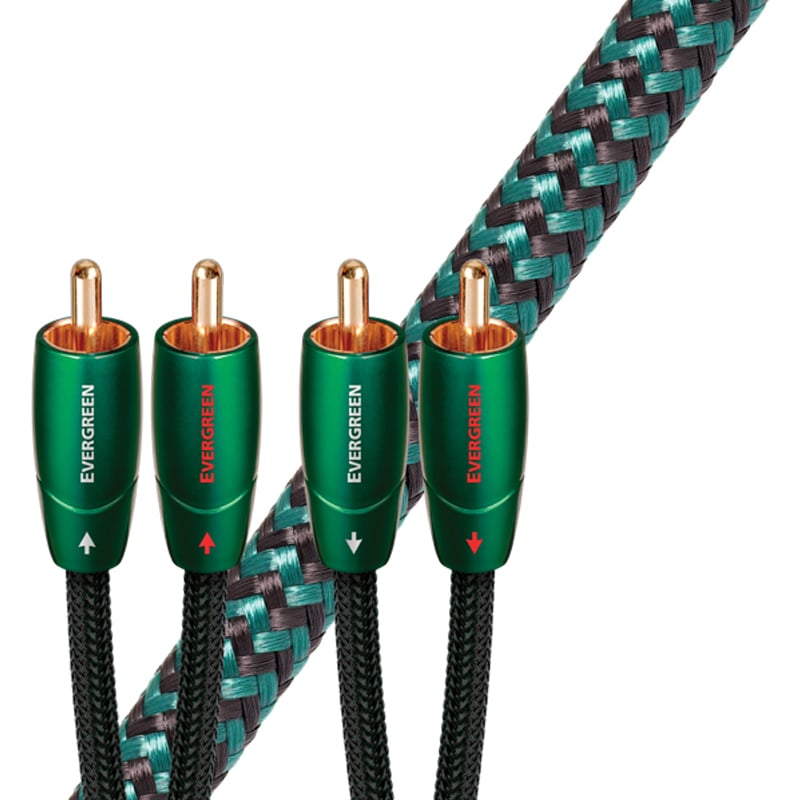
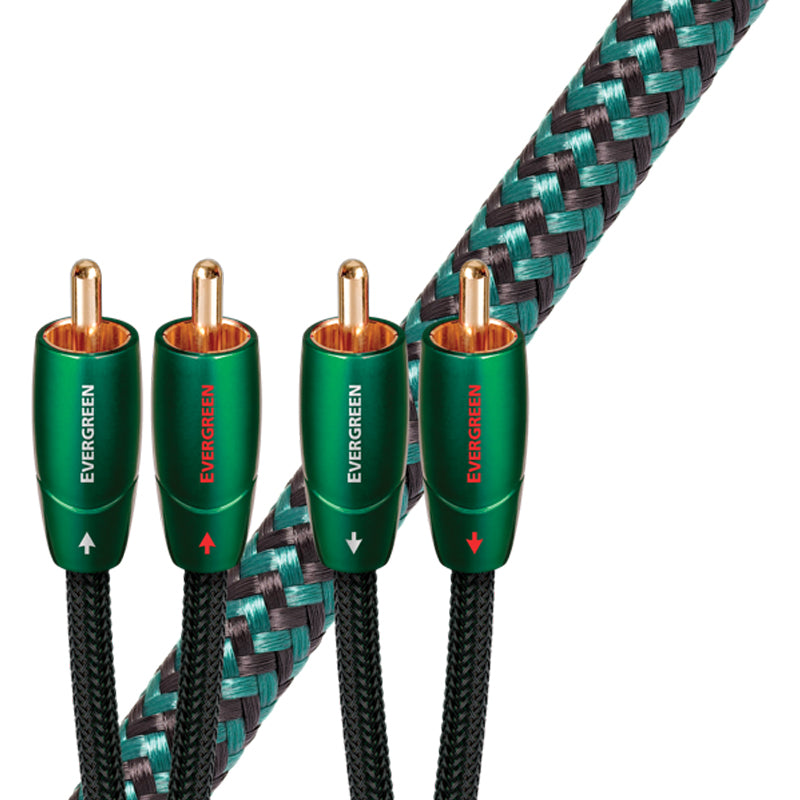
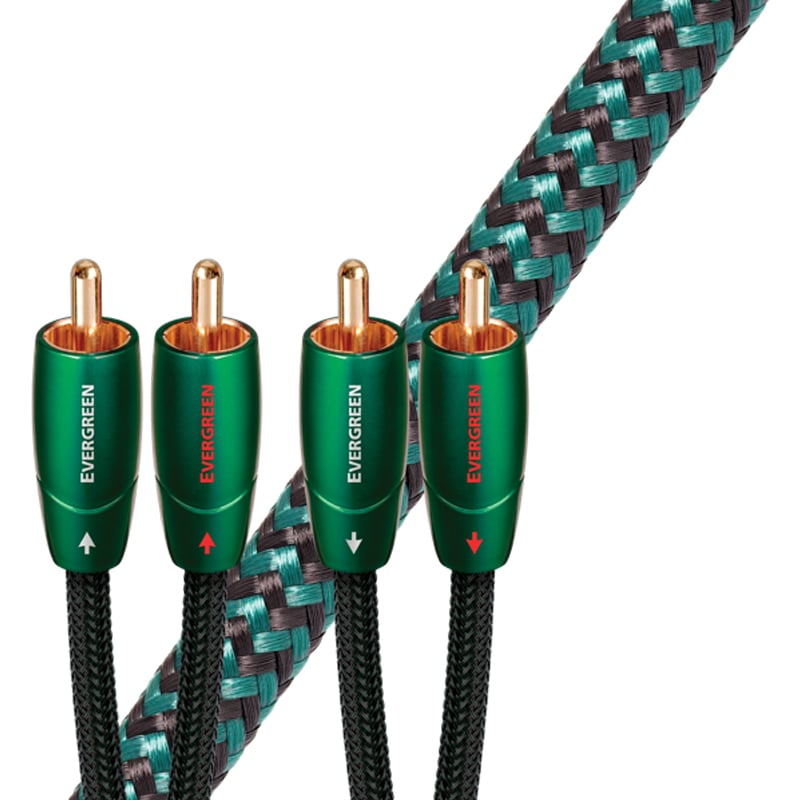
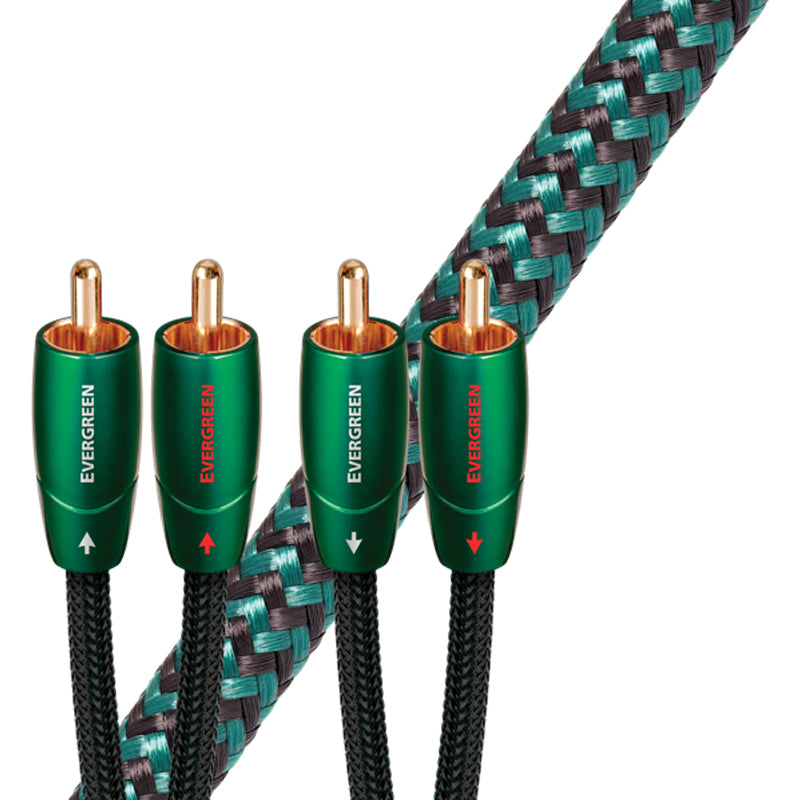
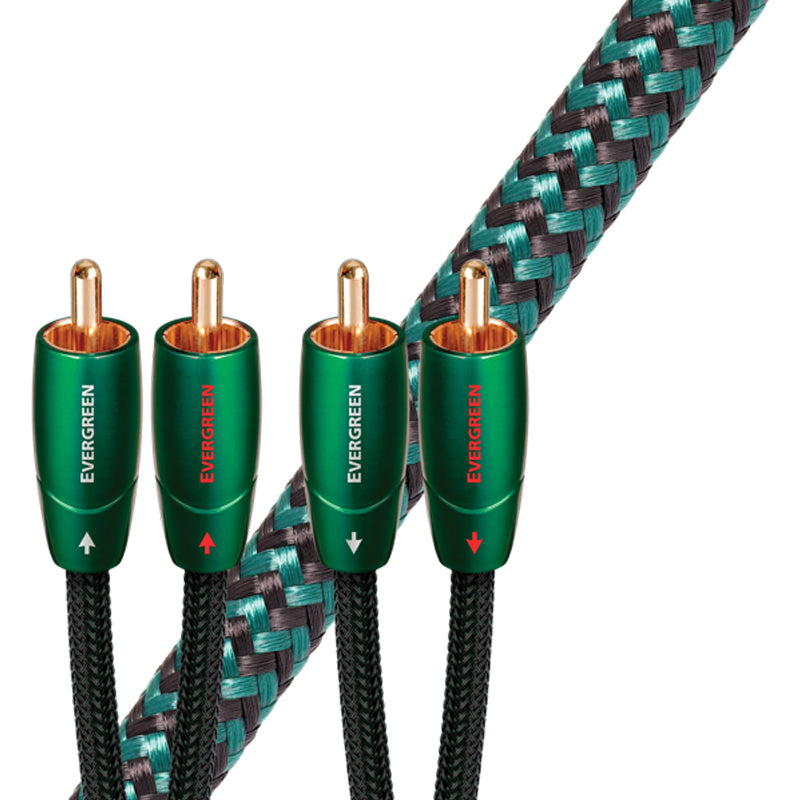
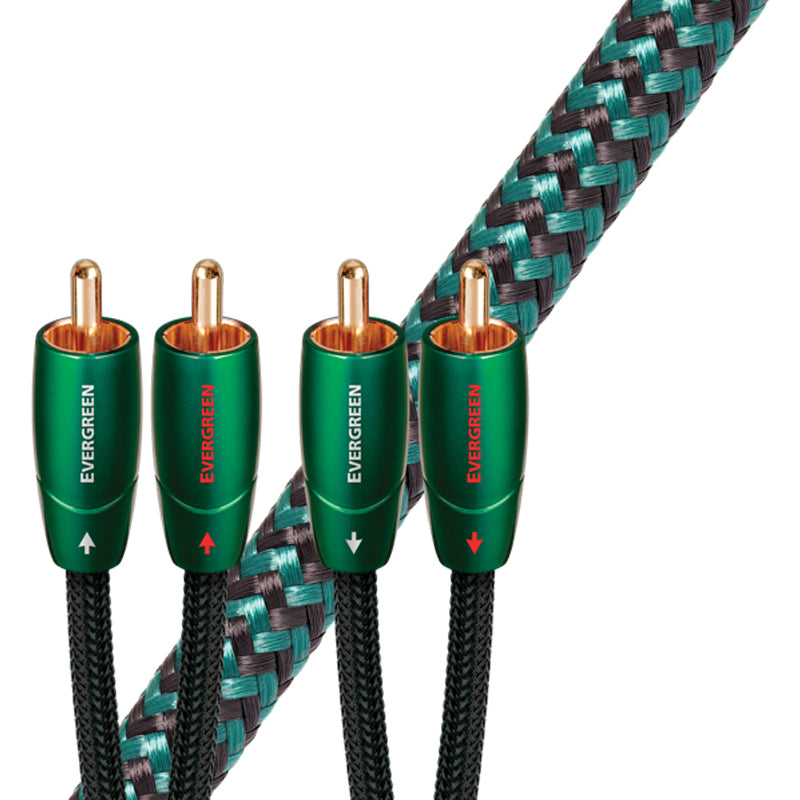
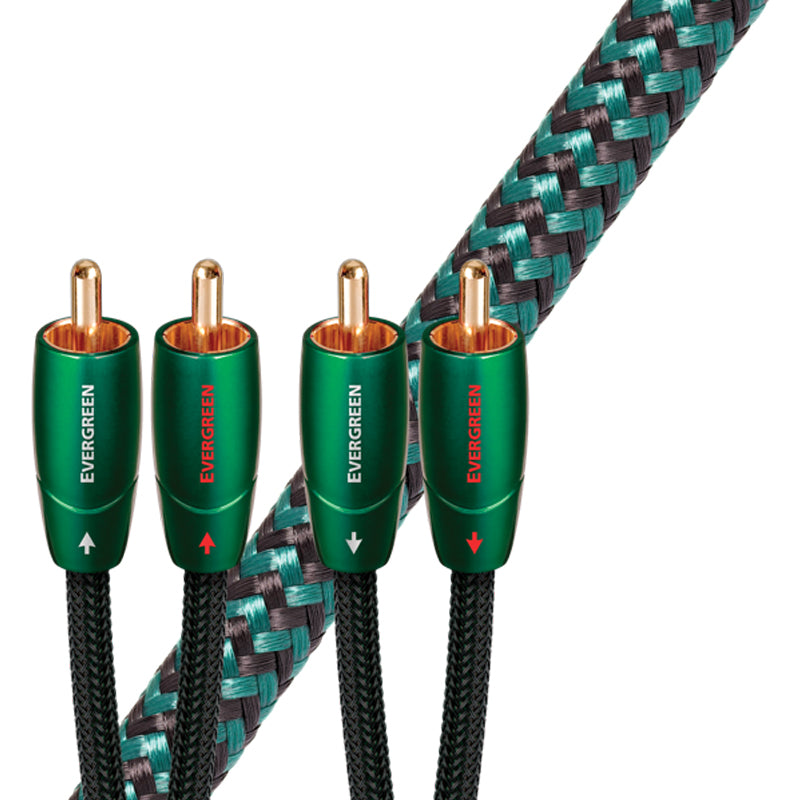
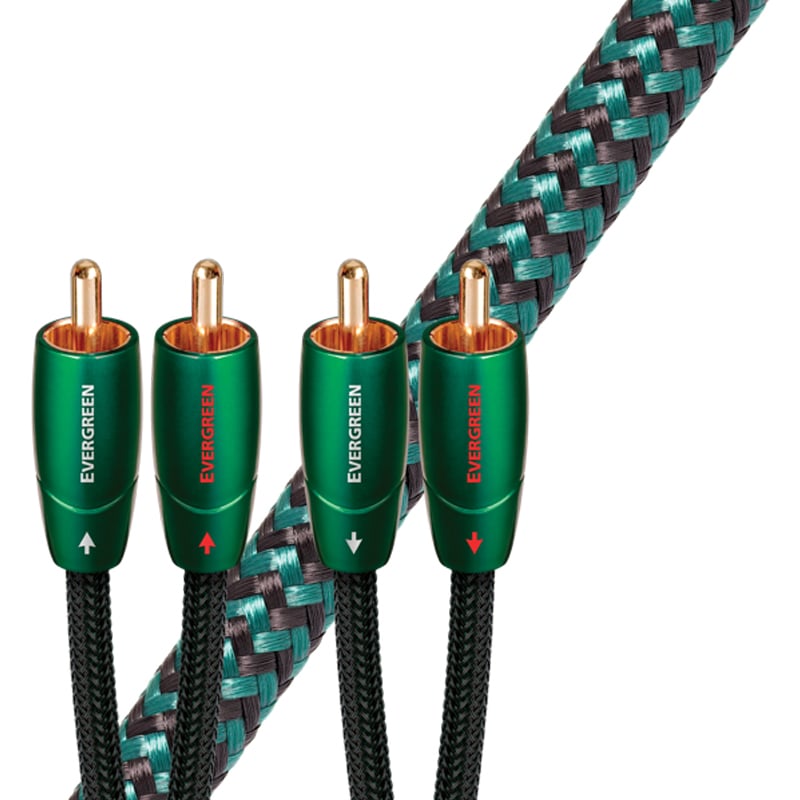
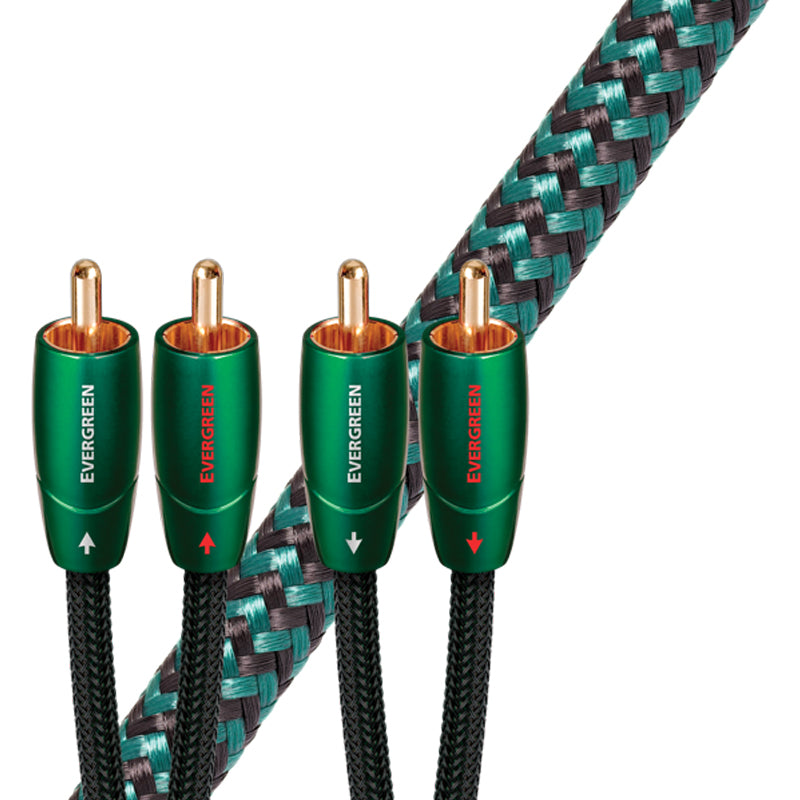
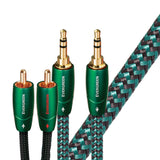
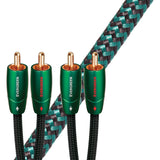
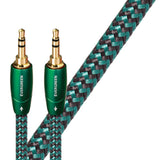
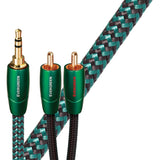
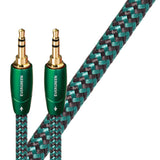
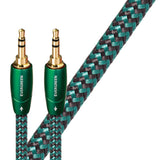
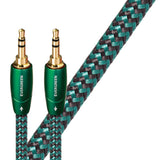
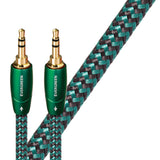
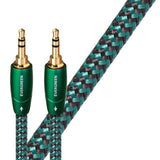
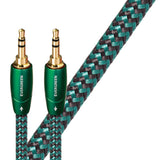
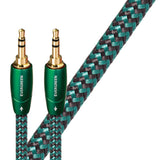
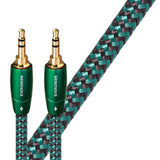
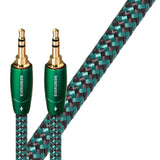
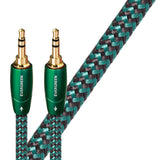
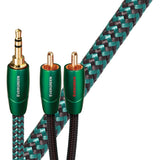
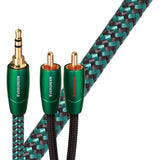
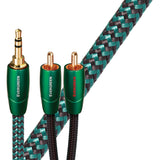
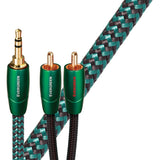
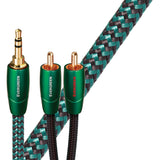
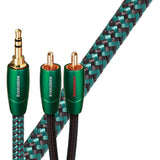

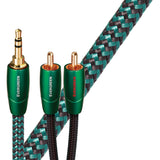
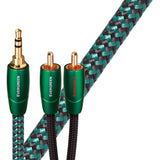
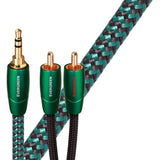
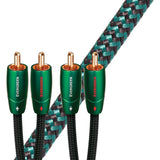
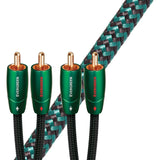
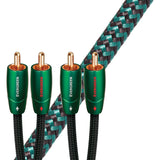
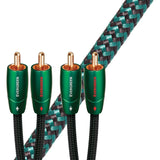
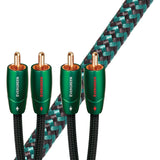
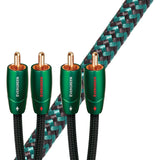
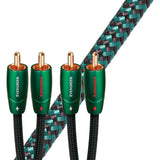
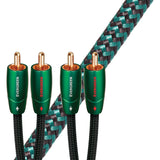

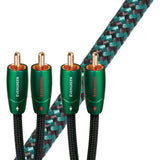
- Choosing a selection results in a full page refresh.




































































You may return most items within 60 days of delivery. Returns made within 30 days qualify for a full refund, while returns from 31 to 60 days are eligible for store credit or an exchange. If the return is due to our error (incorrect or defective item), we’ll cover the return shipping costs.
Refunds are typically processed within one week of receiving your return.
To start a return, log in to your account, go to Complete Orders, and click Return Item(s). We’ll notify you by email once your refund is processed.
For full details, please review our return policy!
Analog-Audio Interconnect Cable named after the Evergreen Bridge that connects Seattle, Washington (USA) to the Bellevue area across Lake Washington.
In all Bridges & Falls, you’ll find better metals and more sophisticated technologies — including Air-Tube insulation, Dielectric-Bias System, and Noise-Dissipation System — at lower prices than ever before.
Note: All cables in our Bridges & Falls Series place their left and right channels in a single jacket, and feature our Asymmetrical Double-Balanced geometry with separate high-quality positive and negative conductors. This design allows for a thin, flexible, and uniquely versatile high-performance cable that can be terminated with a variety of today’s connections, including 3.5mm (male or female), DIN, and RCA. Do keep in mind, however, that, by necessity, the plugs on Bridges & Falls cables are fairly close together. If the L and R inputs of your components are more than 3″ (7.6cm) apart, please consider models from our Rivers or Elements Series.
ASYMMETRICAL DOUBLE-BALANCED GEOMETRY
Purpose designed for single-ended applications, Asymmetrical Double-Balanced Geometry offers a relatively lower impedance on the ground for a richer, and more dynamic experience. While many single-ended cable designs use a single path for both the ground and the shield, Double-Balanced designs separate the two for cleaner, quieter performance.
METAL-LAYER NOISE-DISSIPATION
It's easy to accomplish 100% shield coverage. Preventing captured radio-frequency interference (RFI) from modulating the equipment's ground reference requires AQ's Noise-Dissipation. Traditional shield systems typically absorb and then drain noise/RF energy to component ground, modulating and distorting the critical "reference" ground plane, which in turn causes a distortion of the signal. Noise-Dissipation "shields the shield," absorbing and reflecting most of this noise/RF energy before it reaches the layer attached to ground.
COLD-WELDED, GOLD-PLATED TERMINATIONS
This plug design allows for a connection devoid of solder, which is a common source of distortion. Instead of solder, the process employs a high-pressure technique. Because the ground shells are stamped instead of machined, the metal used can be chosen for low distortion instead of machinability.
SOLID LONG-GRAIN COPPER (LGC) CONDUCTORS
Solid Long-Grain Copper (LGC) allows a smoother and clearer sound than cables using regular OFHC (Oxygen-Free High-Conductivity) copper. Solid conductors prevent strand interaction, a major source of distortion. The surface quality is critical because a conductor can be considered as a rail-guide for both the electric fields within a conductor, and for the magnetic fields outside the conductor. LGC has fewer oxides within the conducting material, less impurities, less grain boundaries, and definitively better performance.
FOAMED-POLYETHYLENE INSULATION
Any solid material adjacent to a conductor is actually part of an imperfect circuit. Wire insulation and circuit board materials all absorb energy. Some of this energy is stored and then released as distortion. Because air absorbs next to no energy and Polyethylene is low-loss and has a benign distortion profile, Foamed-PE, with its high air content, causes much less of the out-of-focus effect common to other materials.
Thanks for subscribing!
This email has been registered!
placeholder